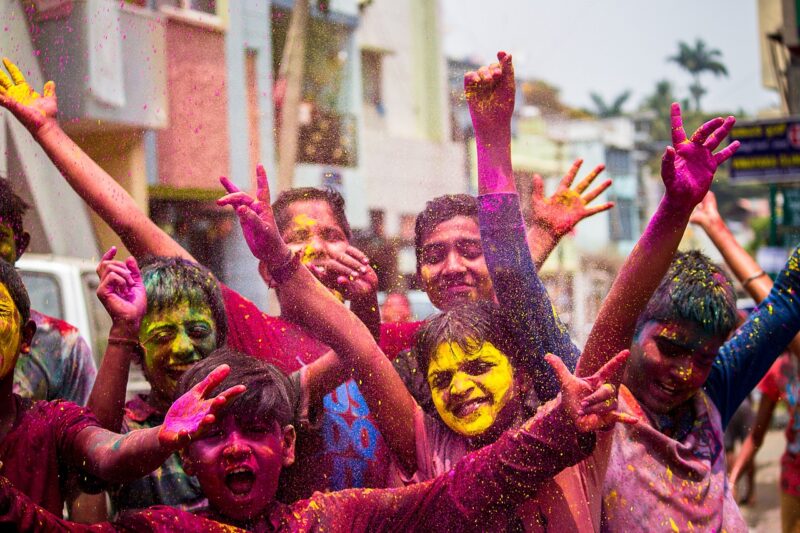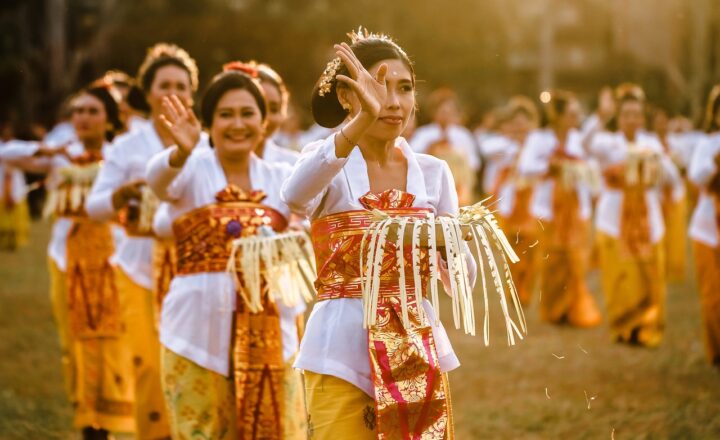The Stories Behind the Most Unique Festivals Celebrated in Remote Corners of the World
November 17, 2024

Festivals are a testament to human creativity, culture, and tradition, often showcasing the unique aspects of a community’s history. From the vibrant colors and ancient rituals to the unorthodox foods and bizarre customs, festivals celebrated in remote corners of the world offer a glimpse into the heart of their respective cultures. In this article, we will delve into some of the most distinctive and intriguing festivals that occur globally, highlighting their origins, meanings, and extraordinary celebrations.
1. La Tomatina: The Epic Tomato Battle in Spain
La Tomatina, held annually in the small town of Buñol, Spain, is the world’s largest food fight. With origins tracing back to 1945, the festival began as a local event that spiraled into an international phenomenon.
Participants gather every last Wednesday of August, armed with overripe tomatoes, to engage in an hour-long, friendly food fight. The streets turn into a red, pulpy mess as people laugh and celebrate the joyous chaos. After the battle, water trucks hose down the streets, and locals say it’s the best way to have a good time while cleansing the town!
2. The Harbin International Ice and Snow Sculpture Festival, China
One of the largest ice and snow festivals in the world, the Harbin International Ice and Snow Sculpture Festival is held in Harbin, China. This incredible event began in 1963 but gained global recognition after its revival in 1985.
Every winter, artists and sculptors from around the globe gather to create magnificent structures from blocks of ice and snow. Visitors stroll through elaborate designs, which include ice castles, sculptures, and temples illuminated by colorful lights. The festival runs from January to February, attracting millions, and celebrates winter arts and the beauty of transient materials—the ice and snow slowly melting as spring approaches.
3. The Día de los Muertos: A Vibrant Tribute to the Dead in Mexico
Día de los Muertos, or the Day of the Dead, is a deeply cultural Mexican festivity that honors deceased loved ones. Taking place from November 1st to 2nd, this celebration blends ancient Aztec traditions with Catholic elements, creating a unique hybrid festivity.
Families create altars, or ‘ofrendas’, adorned with photographs, favorite foods, flowers, and candles to invite the spirits of the deceased back to the celebration. Street parades feature people dressed as calaveras (skulls) and vibrant sugar skulls are sold everywhere, highlighting an atmosphere of joy despite the somber memory of loss. Día de los Muertos exemplifies the Mexican philosophy of death as a continuation of life and celebration rather than an end.
4. The Burning Man Festival: Art, Community, and Self-Expression in Nevada, USA
Held annually in the Black Rock Desert, Nevada, the Burning Man Festival represents a temporary city of creativity, self-expression, and community. Established in 1986, it attracts tens of thousands of people who gather for a week of art installations, performances, and communal activities culminating in the burning of a large wooden effigy.
Participants adhere to principles of radical inclusion, decommodification, self-reliance, and communal effort, fostering a unique environment where art flourishes. The festival encourages innovative forms of expression, and the desert morphs into a vast showcase of imagination and human potential.
5. The Gion Matsuri: Kyoto’s Ancient Celebration of Culture and History
Gion Matsuri, originating in the 9th century, is one of Japan’s most famous and culturally significant festivals, celebrated throughout the month of July in Kyoto. Its roots are religious, born out of a purification ritual to appease spirits causing plagues and misfortune.
The centerpiece of the festival is the grand parade featuring elaborately decorated floats called ‘yamaboko’. Each float is a work of art, some rising up to 25 meters high, adorned with intricate tapestries and tapestries—a celebration of craftsmanship and tradition. The festival reflects the rich cultural heritage of Japan while promoting community spirit and collaboration.
6. Holi: The Festival of Colors in India
Holi, often referred to as the Festival of Colors, is one of the most popular Hindu festivals celebrated throughout India and in various parts of the world. It usually takes place in March, marking the arrival of spring and the victory of good over evil.
During Holi, people gather to throw colored powders and water at each other, creating a riot of colors. The festivities symbolize friendship, forgiveness, and the joy of life. Streets become vibrant with laughter, music, and dance, emphasizing unity and connection among community members. The festival transcends boundaries and fosters an immense sense of belonging and celebration.
7. Up Helly Aa: A Viking Celebration in Scotland
Up Helly Aa, held in Lerwick, Shetland, Scotland, is a fire festival celebrating the Viking heritage of the Shetland Islands. Each January, hundreds of participants dress as Vikings and participate in a torch-lit procession through the town.
The celebration culminates in the burning of a Viking longship, symbolizing the end of the festival and paying homage to the island’s Viking history. With music, dance, and a strong sense of community, Up Helly Aa not only entertains but also serves as a reminder of the region’s heritage and storytelling traditions.







